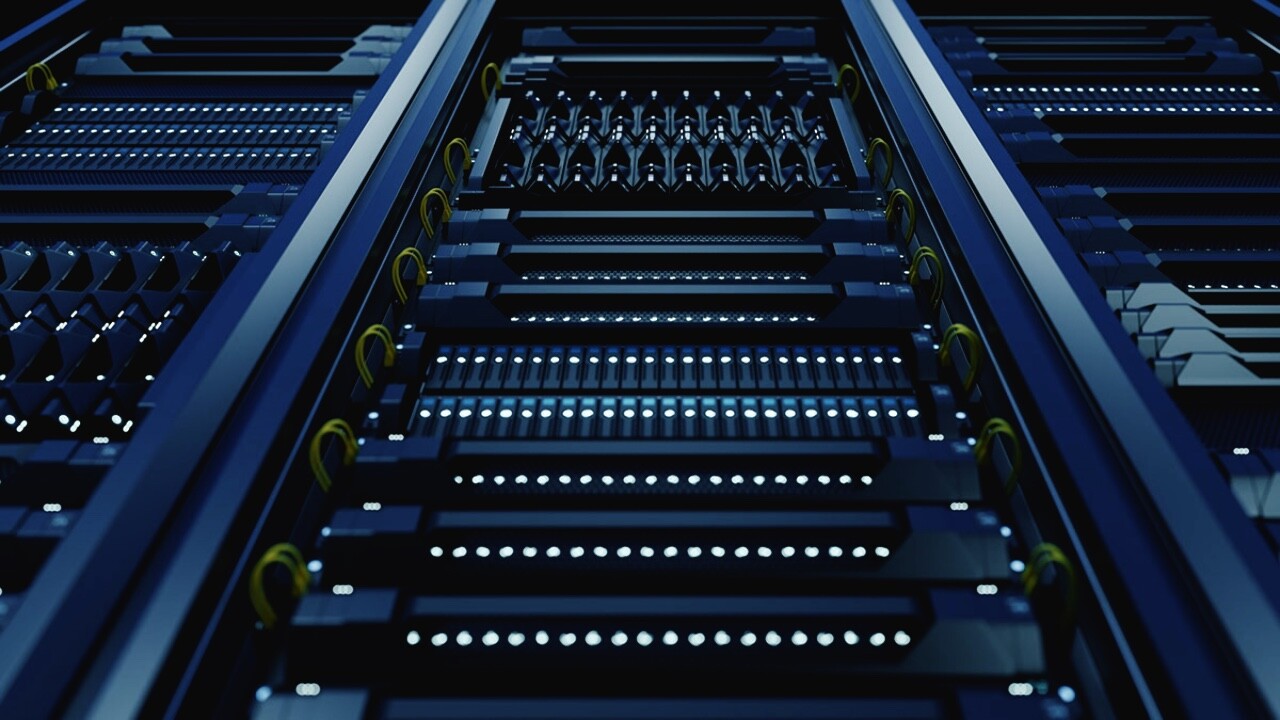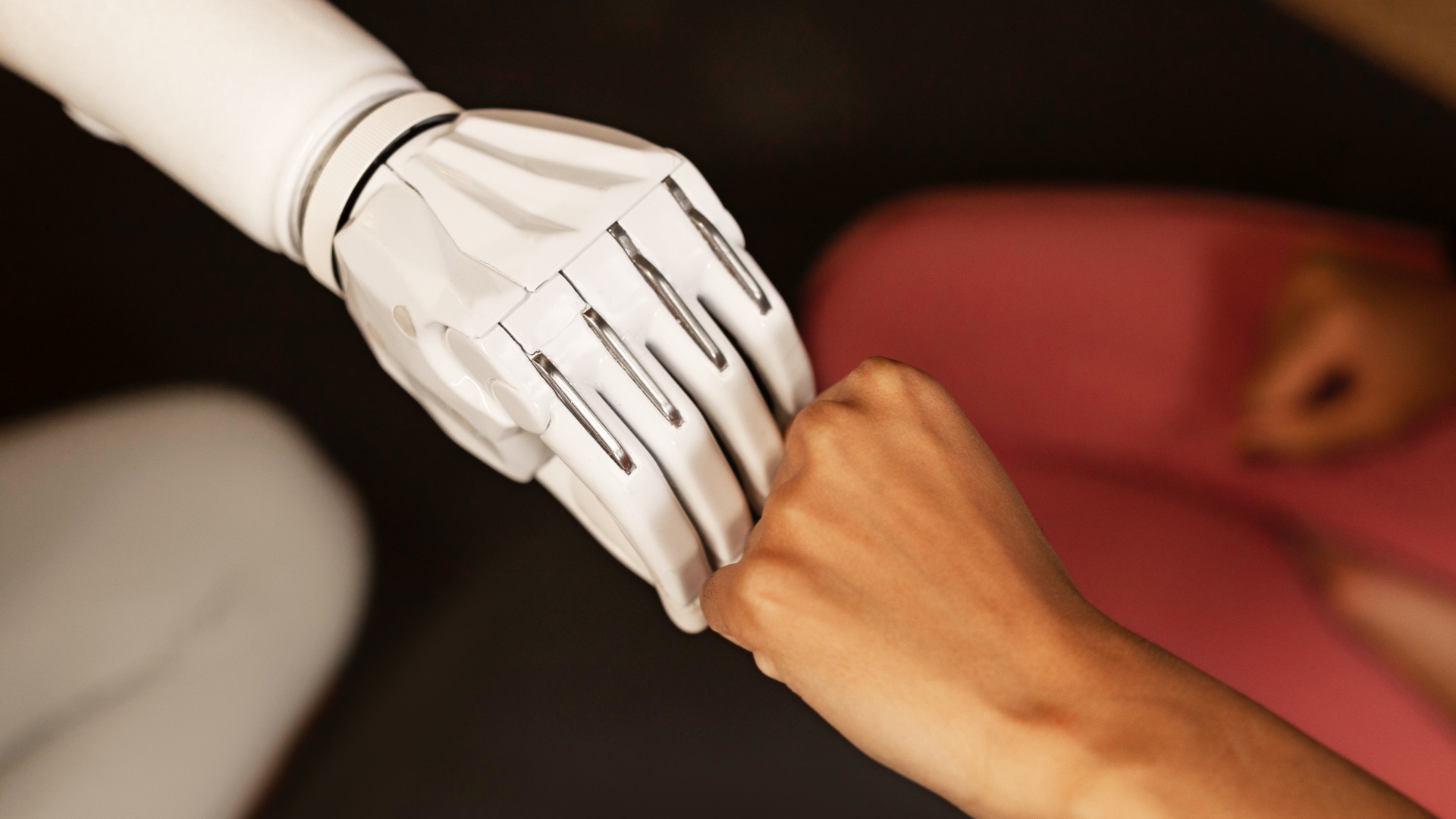Klaudia Ciesielska, BrandsIT: Technology is taking up more and more space in our lives. Let’s refer to strictly spatial issues, where one person has much greater needs in terms of possessions, and there has to be room in our homes for a whole range of white goods, household appliances or Smart Home. In contrast, I have noticed that this does not translate into the size of dwellings. For example, in the 1970s, when these space needs were smaller, the size of flats was around 62 m². Today, when we have more of these things, the area remains the same – around 62 m². The level of consumerism is also increasing, and yet such small flats are still being built in Poland – some of the smallest in Europe. Why is this so?
Anita Makowska, Archicom: Developers generally build flats that meet market demand. We have to remember that real estate prices are rising, which translates into an increase in the price of flats, hence there is an increasing demand for compact flats that allow for efficient use of space. In a smaller space, therefore, we can fit all the necessary equipment and organise an active life, whether related to work at home or hobbies such as yoga or cooking. Developers are trying to customise flats, which is becoming increasingly difficult as flats get smaller. It is becoming important to juggle space skilfully to ensure comfort in a smaller space. This is demanding, but ultimately determines the price of the dwelling, which in turn affects the financial comfort of the buyers. I would not focus on consumerism, as younger generations are teaching us that it is possible to do less. Subscription models are being introduced that are changing our approach to ownership. For example, an estate can have one shared lawnmower instead of individual ones for each flat. Estates with communal spaces, such as residents’ clubs or fitness rooms, allow you to extend the usable space of your flat, giving you comfort without having to own these spaces outright.
Klaudia Ciesielska, BrandsIT: You mentioned the comfort of residents. How do developers take care of residents’ psychological comfort at a time when the digital world is so demanding and attention-absorbing, and more and more people are affected by overstimulation?
Anita Makowska, Archicom: I would like to point out a few important factors. The first and very topical one, especially in the age of digital hustle and remote working, is the ability to disconnect from external stimuli. This means providing a quiet environment while working, which allows you to concentrate without sound interference from neighbours or outside noise. This is made possible through the use of appropriate building materials that insulate the flats from external stimuli while creating a space for relaxation. Quiet zones are also created within the estates, away from playgrounds or car parks, for example.
Another aspect is the design of interiors that are multifunctional. This is made possible by the use of modular furniture and ergonomic solutions, for example in the design of a home office. Smart Home technology also plays an important role, which primarily serves the physical and mental health of the occupants. It can influence the occupants’ diurnal rhythm, for example through adaptive lighting that adjusts to external light conditions and the appropriate time of day.
Ultimately, integration into the wider community is important, which in a digital world is extremely important. Although we use instant messaging and social media, we often feel isolated and lonely, which is somewhat of a paradox. This is why developers are offering shared spaces, such as coworking spaces or residents’ clubs, which provide integration with the community and allow a break from digital reality.

Klaudia Ciesielska, BrandsIT: In terms of the scope of a developer’s capabilities, what does it look like in terms of technology implementation? I saw in Archicom’s ‘Exceptionally Live’ Barometer the responses to the question of which technologies are most important to respondents, and the most important issue was white goods and white goods, but these are things that are difficult to ask of a developer. However, I am curious to know what a developer can do, what technologies they can implement in the flats, both inside and outside in the common areas, to make things easier for the residents?
Anita Makowska, Archicom: The results of the survey entitled “Young people and technology. “Young people and technology”, which we published in the latest Archicom Barometer, showed us that currently education on the use of technology in housing among young people is relatively low. Did you know that the first intelligent residential building in Wrocław was built by Archicom? And that was back in… 1999! The solutions used there, such as full monitoring or the so-called ‘rigid’ wiring, are not very modern from today’s perspective, but at the time they were pioneering and innovative. The future residents of the building believed in the technology and the flats sold out even at the so-called hole-in-the-ground stage, even though buyers were not protected by the Development Act at the time. The uptake of this first smart building was very good, and its value increased rapidly. Today, when we talk about technology, young people most often refer to solutions such as smart white goods. Sometimes they mention smart door locks. This is not much, given that they were basically born into a digital world.
When talking about technology in construction, it is important not to focus on particular, specific solutions, as these are diverse, can evolve, can change. Rather, I would look at technology more broadly, from the perspective of possibilities and expectations. By the same token, the Smart Home is all about devices that facilitate living at the premises and estate level. We are looking for solutions that are environmentally friendly, optimise the use of water resources and manage heating efficiently. Adapting utilities to our needs involves improving our comfort. By being eco-friendly in our living, we are also closer to our health, taking care of it.
Developers face a difficult task as they have to anticipate future market needs. Imagine a situation in which the technologies introduced to meet customers’ current expectations only become available in two years’ time, which is more or less how long it takes to build. It may turn out that they will already be obsolete by then. Therefore, developers should focus on using mature and proven technology that is not subject to sudden changes.
In our survey of young people, as many as 60 per cent of respondents said they were concerned that technology would get old quickly and that developers should focus on durable products that do not need to be replaced very often. Therefore, the maturity of the technology seems crucial. It is important to provide a technology-related medium to deliver services, but it does not necessarily have to be up-to-date for the here and now. Rather, it should offer flexibility, the ability to be used in the future, so that the components that are used do not have to be changed quickly. This is both green and protects our finances. Secondly, the technology should be easily adaptable, easily programmable to current needs that change over the years. This is why we rely on adaptive and flexible infrastructure.
Klaudia Ciesielska, BrandsIT: I understand that this is what guides you at Archicom – to deliver buildings that are adaptable?
Anita Makowska, Archicom: Yes, first and foremost, we are involved in trend research, that is, we look a little more into the future, thinking about what it will look like and what the life of the person who will live in our spaces will be like. We believe that the flats we commission are for many years to come. Very often they are people’s first and sometimes last choices, because if they don’t have the need, they don’t want to change them. The technology and materials we use should be durable enough, thoughtful enough and mature enough that the building will age at the right rate, gaining rather than losing value. In practice, what this looks like is that the ageing of a building should mean that its value increases year on year at a faster rate than the value of other buildings that were not built according to this philosophy, taking into account the increase in property prices in the location.

Klaudia Ciesielska, BrandsIT: How important are these issues for Archicom’s customers? For example, does the announcement that the development will feature an outdoor light extinguishing system affect the popularity of the development? Do you see a correlation between the technology and the developer’s greater involvement in the space and customers’ willingness to buy a flat?
Anita Makowska, Archicom: We never conduct research focusing on a single solution, because a building is a kind of ecosystem and involves numerous features that influence the customer to choose that particular property, from the brand and experience to the quality of construction and living. The customer’s decision will not be influenced by an automatically opening garage door, with a number plate identification system, but by a whole set of amenities that enhance the living experience. However, this set should only be in addition to a solid foundation, both literally and figuratively, as solid construction in general.
The demands we are seeing from our customers are growing rapidly, just as the world is changing rapidly. We are not talking about premium buildings or solutions for a select few, but also about popular standards. We expect a better quality of life because the technology we are rapidly getting used to is changing.
In this connection, we are seeing an increasing interest in Smart Home systems, also resulting from people’s growing environmental awareness. Spaces that support sports and contribute to our health are also gaining in importance. Another example is the building’s readiness to adapt future technology, which increases financial security. Technology-enhanced housing also has a higher market value, which will increase in the future as these amenities stay with the building. There are many features that can only be implemented at the initial construction stage of a development, and if the developer thinks about this at the design stage, it is perceived by customers and provides a strong additional incentive to make a purchase decision.
“We attach great importance to the development of artificial intelligence and virtual systems, because in the age of 5G networks, many traditional, stationary solutions are losing their relevance.”
Klaudia Ciesielska, BrandsIT: You mentioned remote working. Have you noticed any changes in your clients’ preferences under the influence of remote working? Is there now an expectation on the part of clients that flats should already be adapted to work from home at the construction stage?
Anita Makowska, Archicom: “In the first phase, when remote working started to become ‘popular’ on a large scale in Poland, we noticed an impact on preferences for the location of flats. For some time, it ceased to matter whether the flat was closer or further from the centre. Our customers also began to define the centre as a place where they could meet their immediate needs. This relates to the philosophy of the fifteen-minute city, which in the case of our estates I personally sometimes refer to as the three-minute city, because the locations offer comprehensive services, spaces for relaxation, for sports and for meeting friends and acquaintances, often within the estate itself.
We are now seeing a slightly different trend with the return of many people to offices, but the flats purchased at that time with remote working in mind still hold value and would still probably have been the first choice of customers who bought during the pandemic period. We didn’t build flats specifically for the remote working trend, but we created and continue to create multipurpose spaces. Therefore, if we took care of our client’s wellbeing during a period when they spent almost 24 hours a day at home, these values are also preserved today when the client returns home after working stationary at the office. This long-term approach, independent of passing trends, works very well.
Klaudia Ciesielska, BrandsIT: How do you anticipate what the trends will be? You mentioned that you build with a perspective of at least 2 years. How do you make such predictions?
Anita Makowska, Archicom: We think about much longer periods, but we also understand that these are difficult to forecast. According to columnist Sebastian Stodolak, ‘the problem with forecasting starts when we expect it to be specific and precise’. I subscribe to this view, however, two years of forecasting in the case of construction is too short. We think about the fact that housing is often for life. This is difficult because it requires a slightly broader view than just focusing on the development industry. In our work we look hard not only at the construction environment, but also at other sectors such as transport or health, trying to build scenarios for the future. Our idea, which has worked for many years now, is to build a kind of universal places that, whatever happens, will allow these spaces to adapt. We assume that future developments are designed to protect residents’ budgets and also to allow them to juggle the function of a given space, including shared spaces. For example, the residents’ clubs that we offer to our clients can be used for different needs; they can make a gym or a children’s birthday party there.
Klaudia Ciesielska, BrandsIT: Do you see any technologies that will gain importance in the development market in the near future? Does any technology particularly stand out?
Anita Makowska, Archicom: We attach great importance to the development of artificial intelligence and virtual systems, because in the age of 5G networks, many traditional, stationary solutions are losing their relevance. We are seeing changes that involve mobile solutions and those that can easily be replaced by others if they don’t work out in 10 or 20 years’ time. Analysing trends, we look at changing attitudes to life from month to month. For example, to property, which is no longer seen as some kind of burden associated with credit, and is starting to be treated as the freedom it provides us to own a property that can meet our housing needs, which is an investment that can be rented out and give us security in the form of an extra pension.
Another unquestionably important aspect that we see as the future of the real estate market is all kinds of green solutions. We see this especially among the generation brought up in the internet age. Today, ecology and technology can go hand in hand. Our survey shows that 85% of respondents want to use dedicated home management apps. Mobility and virtuality of systems, combined with ecology, are the most important trends today.
Klaudia Ciesielska, BrandsIT: Thank you for the interview.
Anita Makowska – Senior business analyst at Archicom Są. Doctor of economic sciences in the discipline of finance. Academic lecturer at the Wrocław University of Economics. Editor of the scientific journal Argumenta Oeconomica. Member of the editorial committee of the World of Real Estate Journal. Author of numerous scientific publications on the real estate market. Privately, mother of the charming Ursula and chocolate lover.












